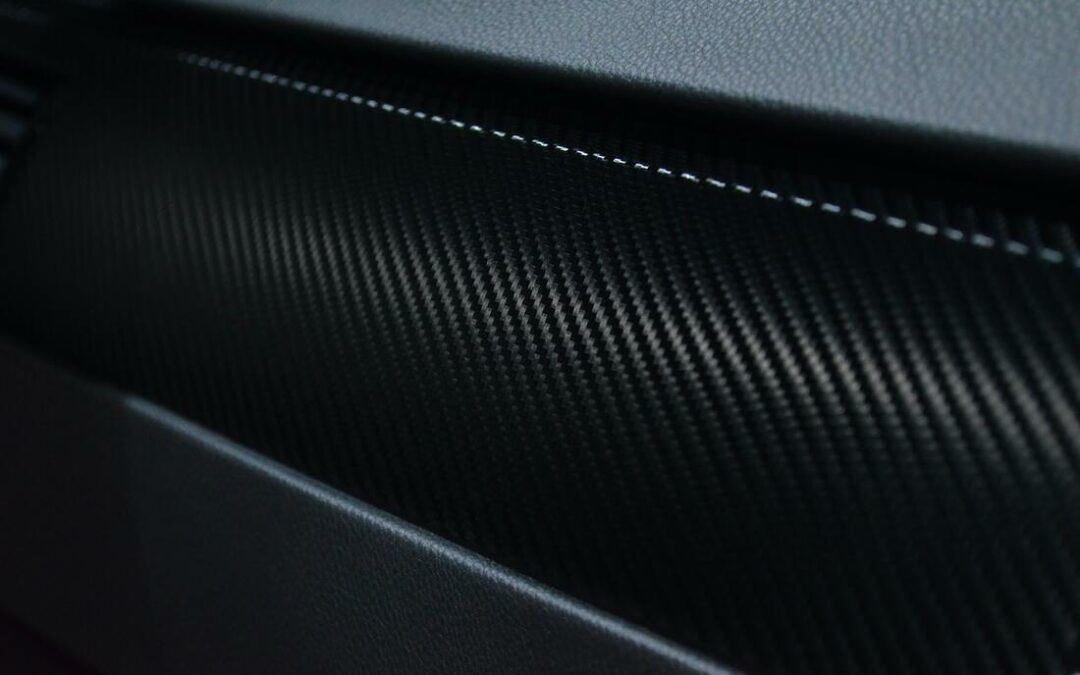Why Carbon Fiber is a Prosthetic Game-Changer
In a world where comfort and practicality are key, traditional heavy and cumbersome prosthetics no longer make the cut. Carbon fiber ushers in a new era of prosthetics that are lightweight and sturdy all at once. Here’s a comprehensive look at the multitude of benefits offered by this revolutionary material:
1. Unparalleled Strength-to-weight Ratio
One of the most impressive attributes of carbon fiber is its remarkable strength-to-weight ratio. It surpasses traditional materials such as metals and plastics, being much lighter yet significantly stronger. This means that carbon fiber prosthetics can offer users enhanced comfort and reduced strain without compromising on durability. Simply put, these devices are built to last and to be worn with ease, transforming the user experience from a burden into a breeze.
2. Superior Flexibility
Customization is a critical component of any prosthetic device. Here’s where the flexibility of carbon fiber comes into play. Its moldable nature allows for complex shapes and designs to be created, making for prosthetics that are specifically tailored to each patient’s unique requirements. The result? Prosthetic devices that aren’t just more comfortable but also incredibly functional. They are designed to seamlessly align with the patient’s unique anatomy and movement patterns, thereby ensuring a higher degree of comfort and usability.
3. Excellent Corrosion and Fatigue Resistance
When it comes to the longevity of prosthetic materials, two common issues often crop up – corrosion and fatigue. However, carbon fiber simply shrugs these problems off. Its high resistance to both corrosion (which occurs when metals come into contact with moisture or certain substances) and fatigue (caused by repeated stress or strain) makes it an excellent choice for devices that need to endure long-term use and exposure to various environments. The result is a prosthetic that stands the test of time, reducing the need for frequent replacements.
4. Athlete’s Best Friend
Sports and athletics place unique demands on prosthetics. Devices for athletes need to be lightweight, strong, flexible, and capable of handling swift movements. Carbon fiber steps up to the plate admirably in all these aspects. Its properties allow athletes to perform optimally, and its durability reduces the risk of injury. Moreover, its lightweight nature allows athletes to move with greater agility, offering them a competitive edge.
5. Attractive Aesthetics
Why shouldn’t prosthetics have a dash of style? With carbon fiber prosthetics, users can enjoy a sleek and modern look that can be further customized to suit individual preferences. These devices can be finished in a variety of colors and textures, making them as visually appealing as they are functional.
Carbon Fiber: Changing the Face of Prosthetic Devices
Let’s look at a few of the prosthetic devices where carbon fiber truly shines:
- Prosthetic Limbs: Athletes or those needing advanced mobility can greatly benefit from carbon fiber prosthetic arms and legs. They are lightweight, robust, and are designed to accommodate high levels of activity and movement.
- Prosthetic Feet and Ankles: Designed to mimic the natural movement of human feet and ankles, carbon fiber prosthetics in this category offer enhanced balance and a more natural gait. This greatly aids in reducing the physical strain users might experience and promotes overall comfort.
- Prosthetic Braces and Supports: Carbon fiber’s lightweight nature and high strength make it perfect for braces and supports designed to stabilize joints. These devices improve mobility, reduce pain, and are comfortable to wear, making them a popular choice for those who require long-term support.
Gazing into the Future of Carbon Fiber Prosthetics
The journey of carbon fiber in prosthetics is far from over. With continuous advancements in technology, several exciting possibilities are on the horizon:
- 3D Printing: This technology is all set to bring about a significant shift in the design and production of prosthetic devices. Carbon fiber 3D printing, already employed in industries like aerospace, can result in highly customized and accurately fitting prosthetics, enhancing user comfort and device efficiency.
- Sensors and Electronics: The integration of sensors and electronics into prosthetic devices can provide users with greater control and improved sensory feedback. This allows for a more intuitive use of the prosthetic, making movements more natural and easier to control.
- Nanotechnology: With the help of nanotechnology, carbon fiber prosthetics can be imbued with improved performance and durability. Nanoparticles can be used to enhance the material’s properties, adding additional strength, durability, and even antimicrobial features to prevent infections.
Potential Roadblocks for Carbon Fiber Prosthetics
Despite the multitude of advantages offered by carbon fiber prosthetics, there are a few potential hurdles to consider:
- Cost: Carbon fiber prosthetics tend to be pricier than traditional ones. However, when considering the long-term durability and reduced maintenance needs, the higher initial investment may be justified.
- Patient Suitability: Not every patient might be a suitable candidate for carbon fiber prosthetics. Certain factors such as cost constraints, weight, or specific medical conditions might necessitate the use of more traditional materials.
Conclusion
The strength, flexibility, durability, and aesthetic appeal of carbon fiber have cemented its position as a leading material in prosthetic devices. While there are certain challenges to consider, the benefits it offers are significant and can dramatically improve the lives of prosthetic users. As we continue to progress in technology and material science, we can anticipate an even greater role for carbon fiber in the field of prosthetics.
Excited to explore the potential of carbon fiber prosthetics for yourself or a loved one? Don’t hesitate to reach out to us at Align Clinic for a consultation. We’re eager to guide you through the array of options available and help you find the perfect solution to meet your unique needs.




